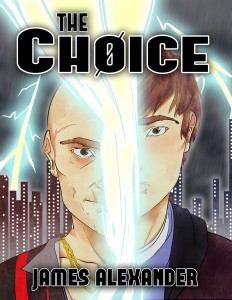I’m in the process of making wine and it occurred to me, wine and writing have much in common! I’m not referring to drinking wine while writing – though that works well sometimes too. What I am referring to is the wine making process. Here’s why:
1) Ingredients
Like all the ingredients that go into wine making, so do many pieces go into building a story. We all start with an idea, then another idea, then as the story is thought out, many ideas – all going into one masterpiece.
2) Mix it all together
For wine, yeast is added. For writing, throw in some catalyst ideas to make things interesting. Mix it all up….juggle the ideas around….start writing!
3) Take a reading
A tool is used for wine – a hydrometer. It measures sugar content to track how sugar is being converted to alcohol. What tools do we use as writers? There are many out there. Read what has been written and think about where the story is going. I like to write all my ideas and let the story guide me. Other writers may use outlines. This step is to evaluate the next steps in the story.
4) Let it sit
The 1st draft of the story is complete. The wine is fermenting nicely – now time needs to take over to do the job.
5) Racking
After a period of time, it’s time to rack the fermenting wine to another vessel. This removes the wine from the sediment of dropped yeast. A story needs to be revisited after it’s been setting for a month or so. New ideas will appear, errors will stand out. The story may seem like junk at this point. The wine doesn’t taste good either! Time to edit/revise!
Repeat….
Repeat…..
Repeat….
With each stage, the wine gets clearer, brighter, and smoother…as does the story.
6) Aging
After numerous rackings, the wine is clear and smells great! A story has been honed and errors have been corrected. Now it’s time to reach out to agents or get ready to self-publish. This takes time. The longer wine sits in bulk, the better it gets. Did the story land a publisher or ready to self-publish? Time for step 7! If not, what’s wrong with waiting a little longer to make things even better?
7) Bottling
This is the last step to the process in wine making. The wine is ready for bottling and is siphoned to smaller bottles. Labels are glued to the bottle and the wine is ready for drinking (or bottle aging). The story is with an agent or has been self-published. Now everyone can enjoy what has been created! (or hate it – we all have different tastes).



